|
The crowd gathers at 2:00 pm on Saturday, November 4, to
look at the labeled mushrooms during the 2017 Metchosin
MycoBlitz. Photo by Kem Luther. |
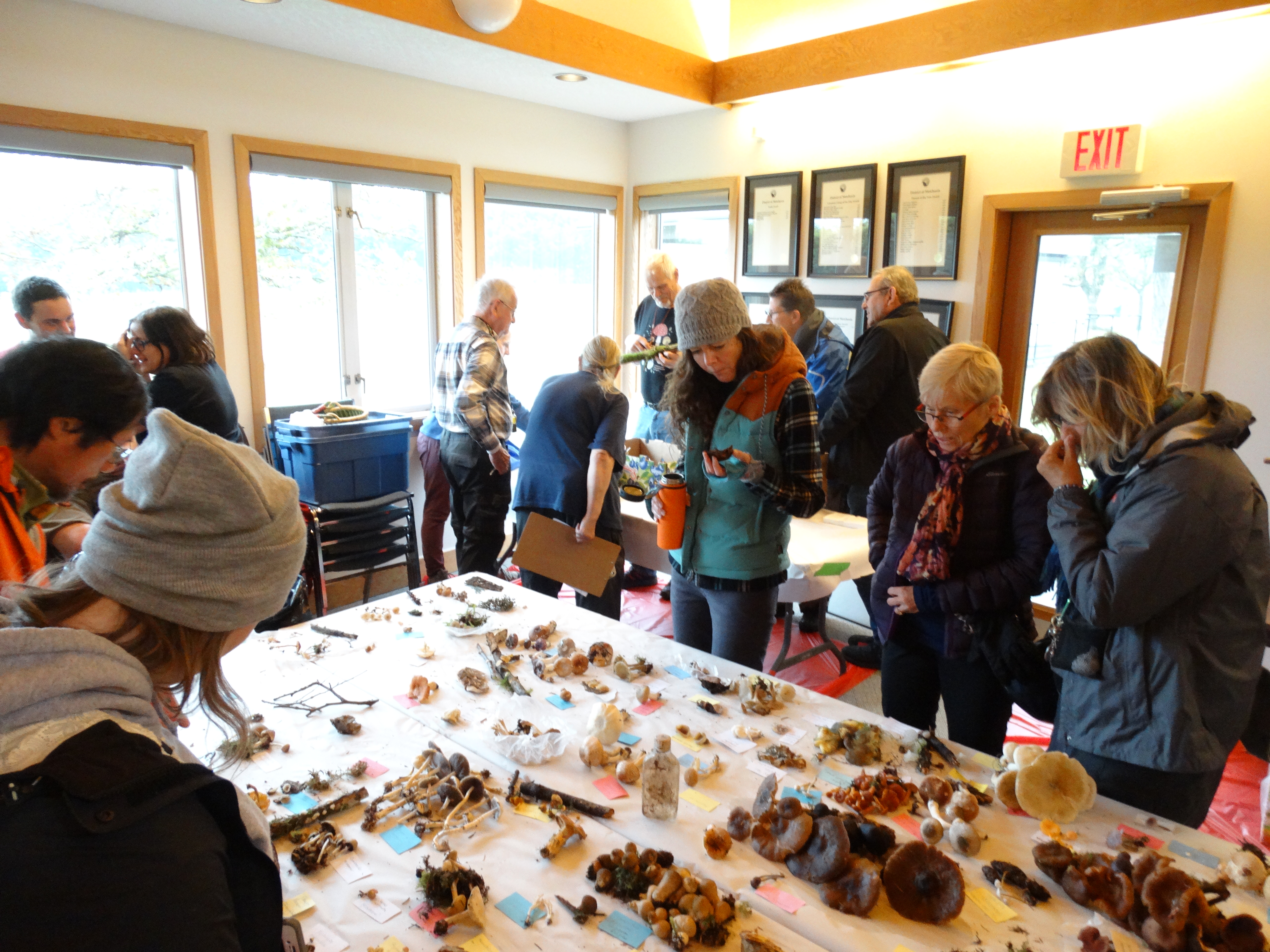
|
|
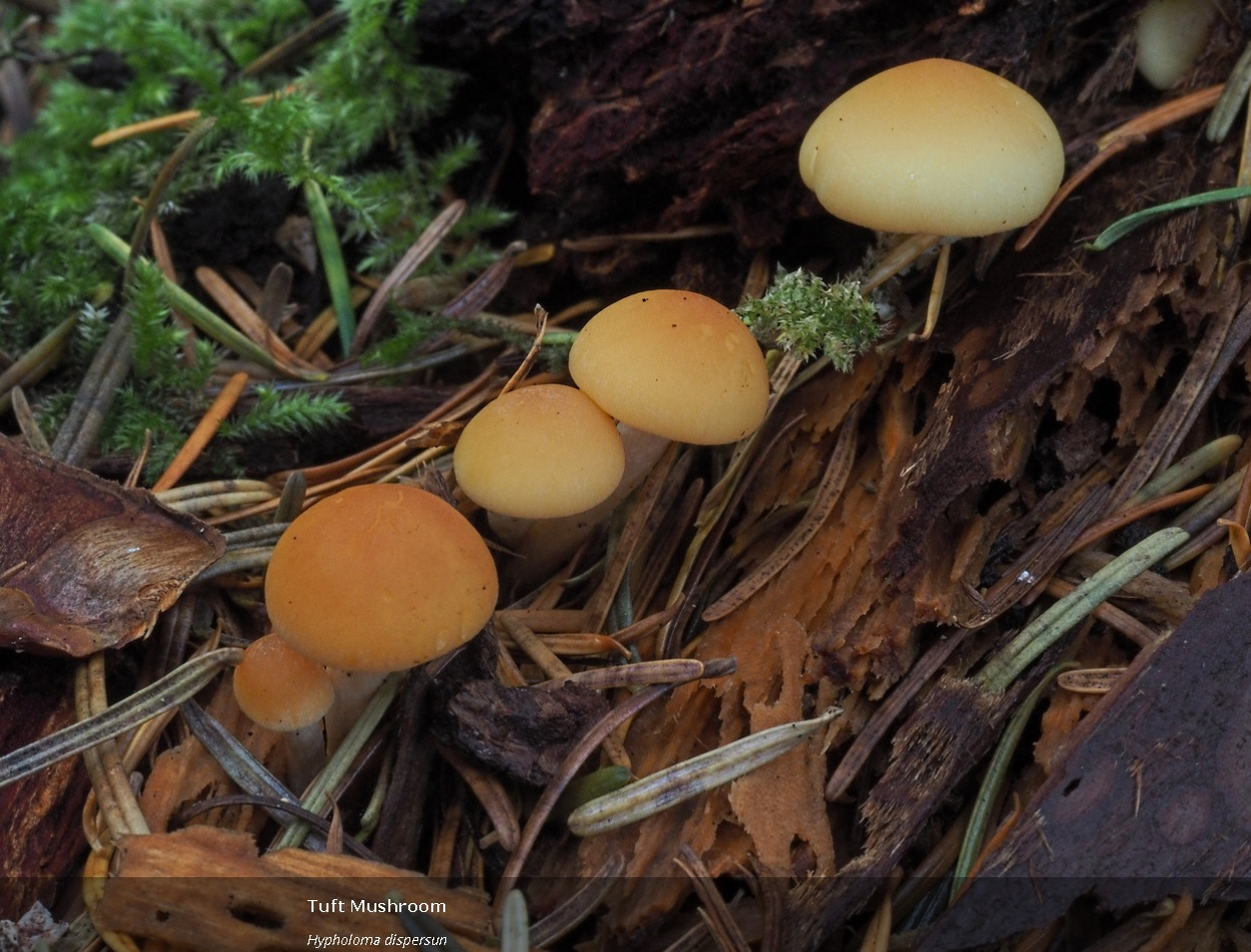
|
Hypholoma dispersum, the smallest
sibling of the Hypholoma trio found around Metchosin. The
stems are typically about 5-10 cm tall. Photo by Roger St. Pierre.
|
|
|
Laetiporus conifericola, the chicken of the woods,
an edible shelf mushroom that usually appears early in the mushroom season.
This one in the Pearson College woods has hung around and become infected by another fungus, creating an aesthetic sculpture. Photo by Rich Mably.
|
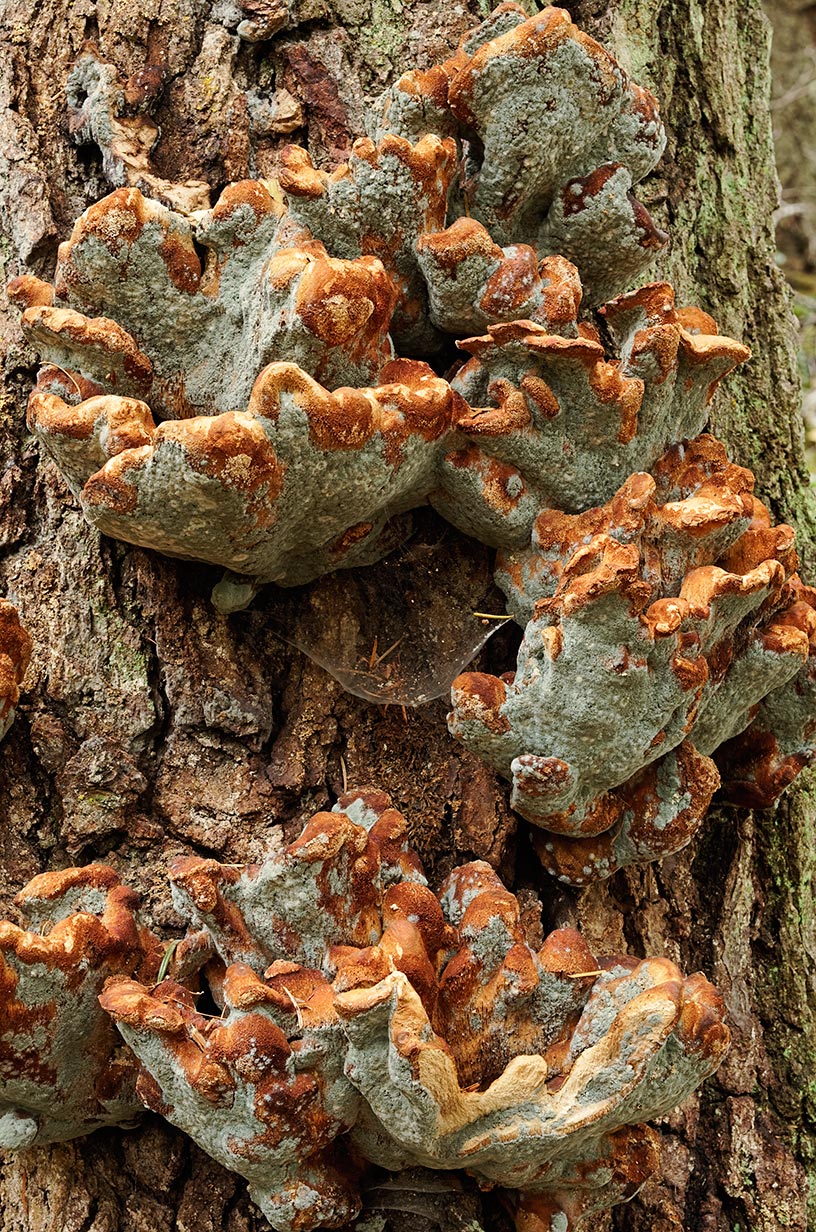
|
|
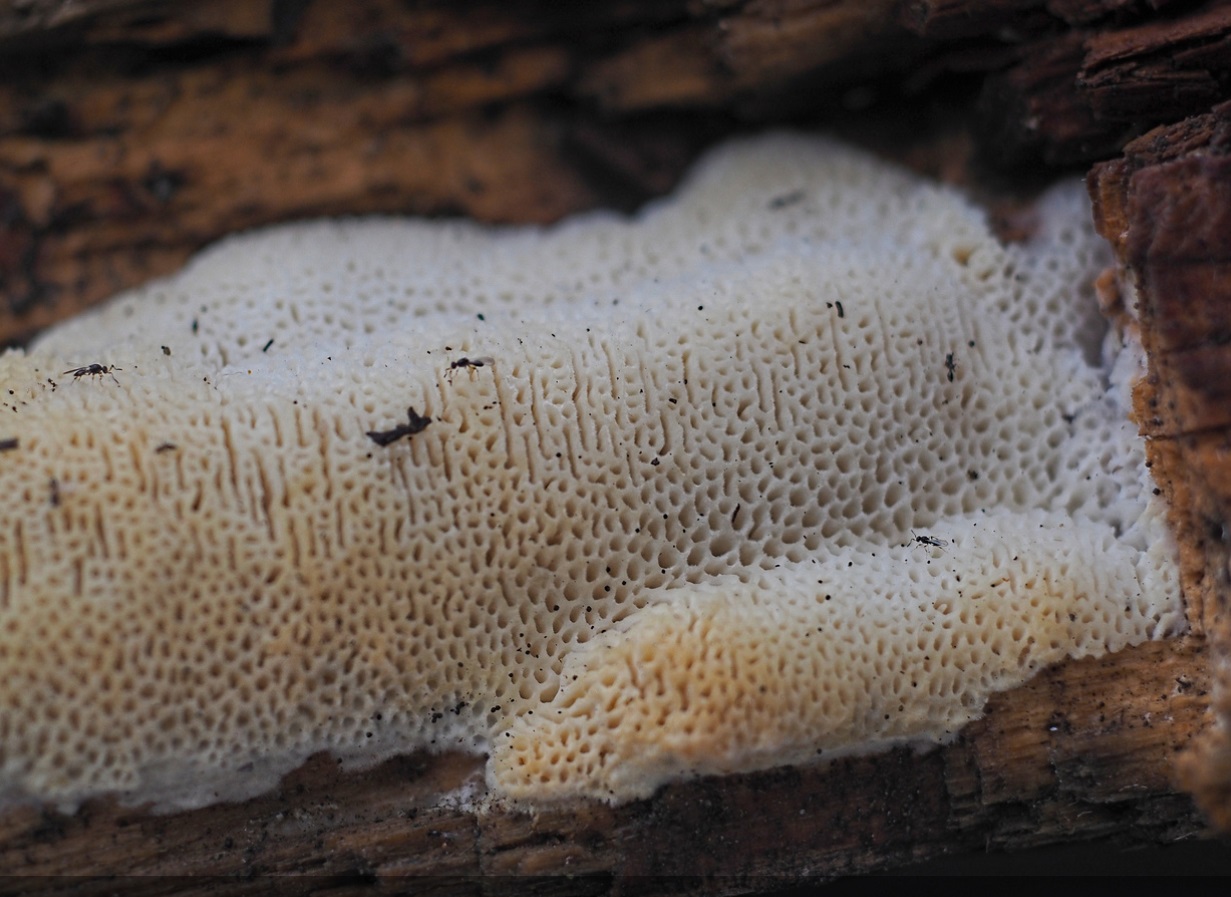 |
Another sculpture, this time a small one. It may be a fungus in the
Skeletocutis genus. Photo by Roger St. Pierre. |
|
|
Auriscalpium vulgare. It's always a joy to come across this small spine mushroom,
which usually grows out of a cone. Known as the cone tooth
and the
earpick fungus.
Note its strange, side-offset stem. Photo by Roger St. Pierre. |
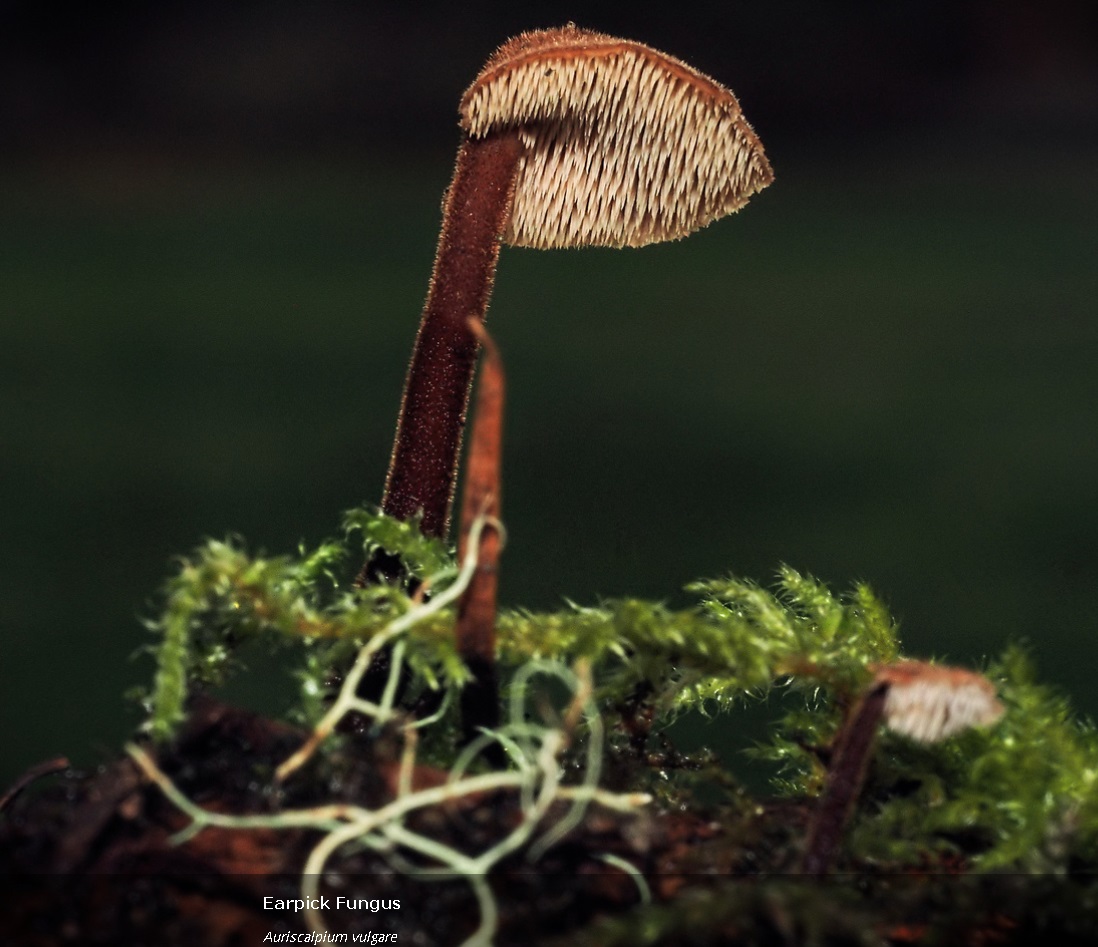 |
|
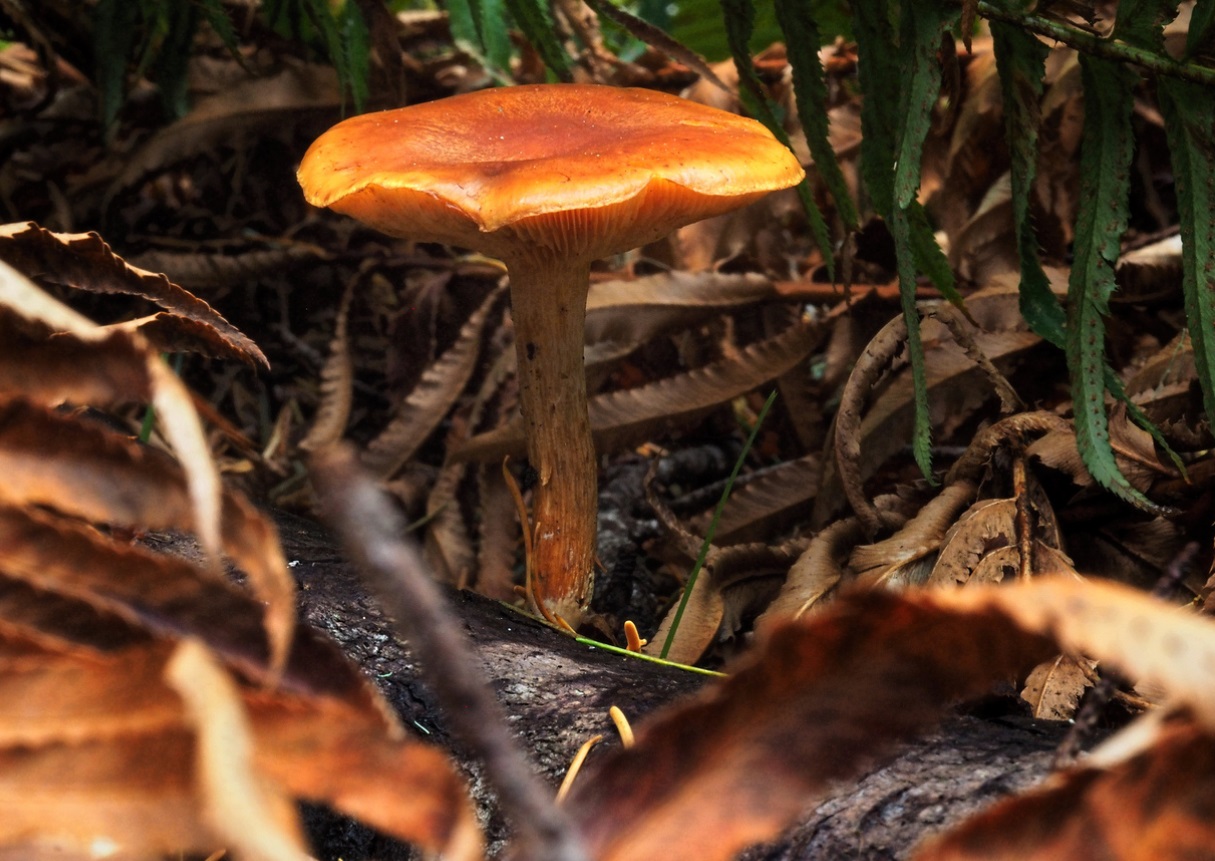 |
Gymnopus sapineus. Called the fir flamecap, this
small (2-7 cm cap) wood rotting fungus can be found coming out of the side of rotting
logs throughout the
Metchosin mushroom season. Photo by Roger St. Pierre. |
|
|
The redlead roundhead, Leratiomyces ceres, is our only red Stropharia in the Metchosin woods. Photo by Roger St. Pierre.
|
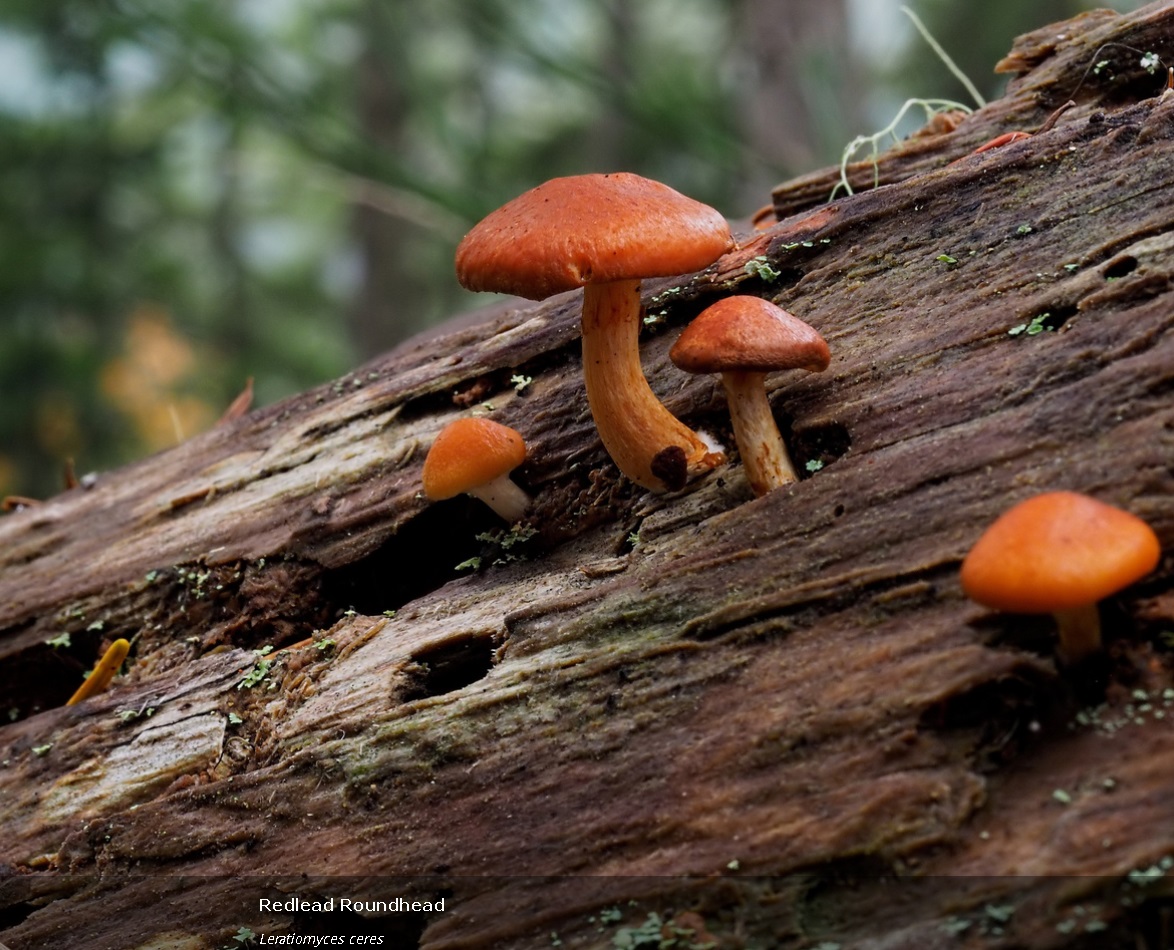
|
|
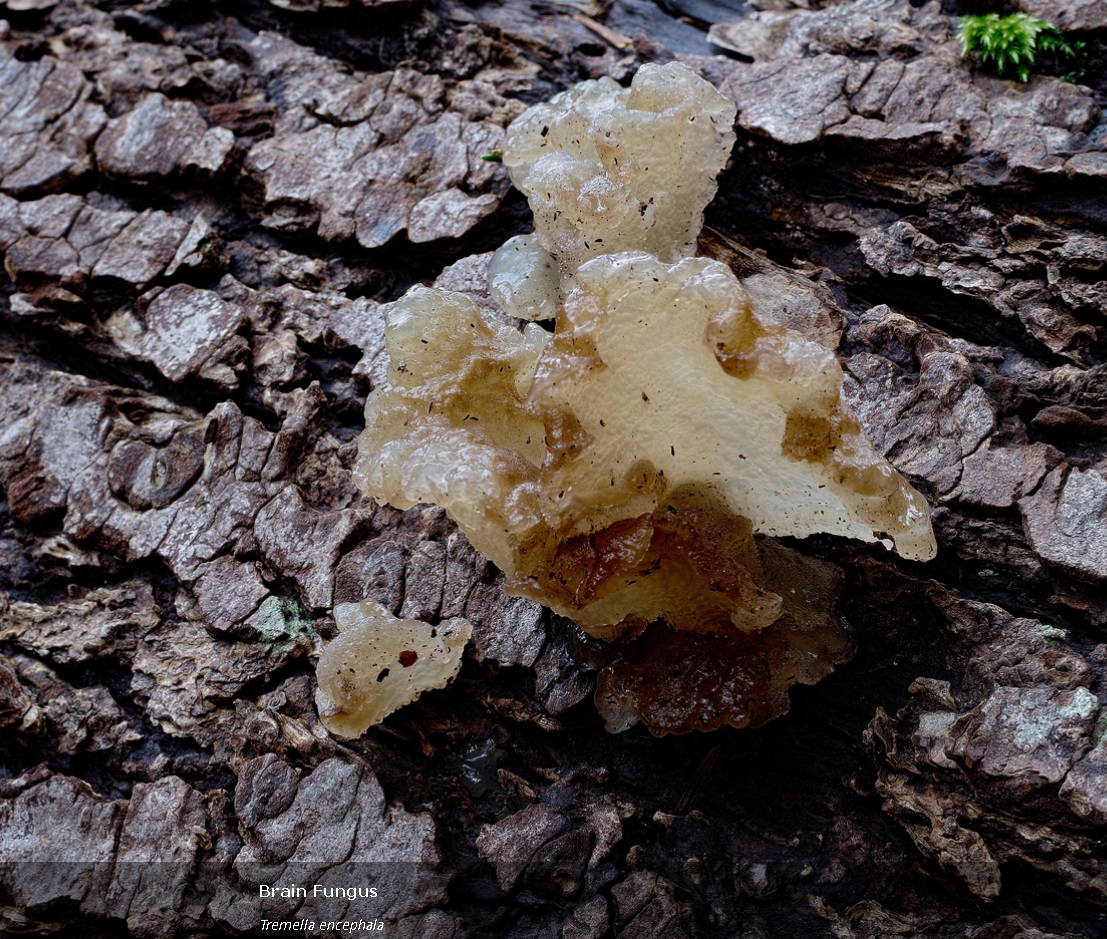
|
Tremella encephala, a small jelly fungus, has convolutions that resemble a small brain. Thus its common name, the brain fungus. Photo by Roger St. Pierre.
|
|
|
Andy MacKinnon (left) and Allan Szafer pause at the sign near the entrance to the Camosun College property. Photo by Luke Mikler. |
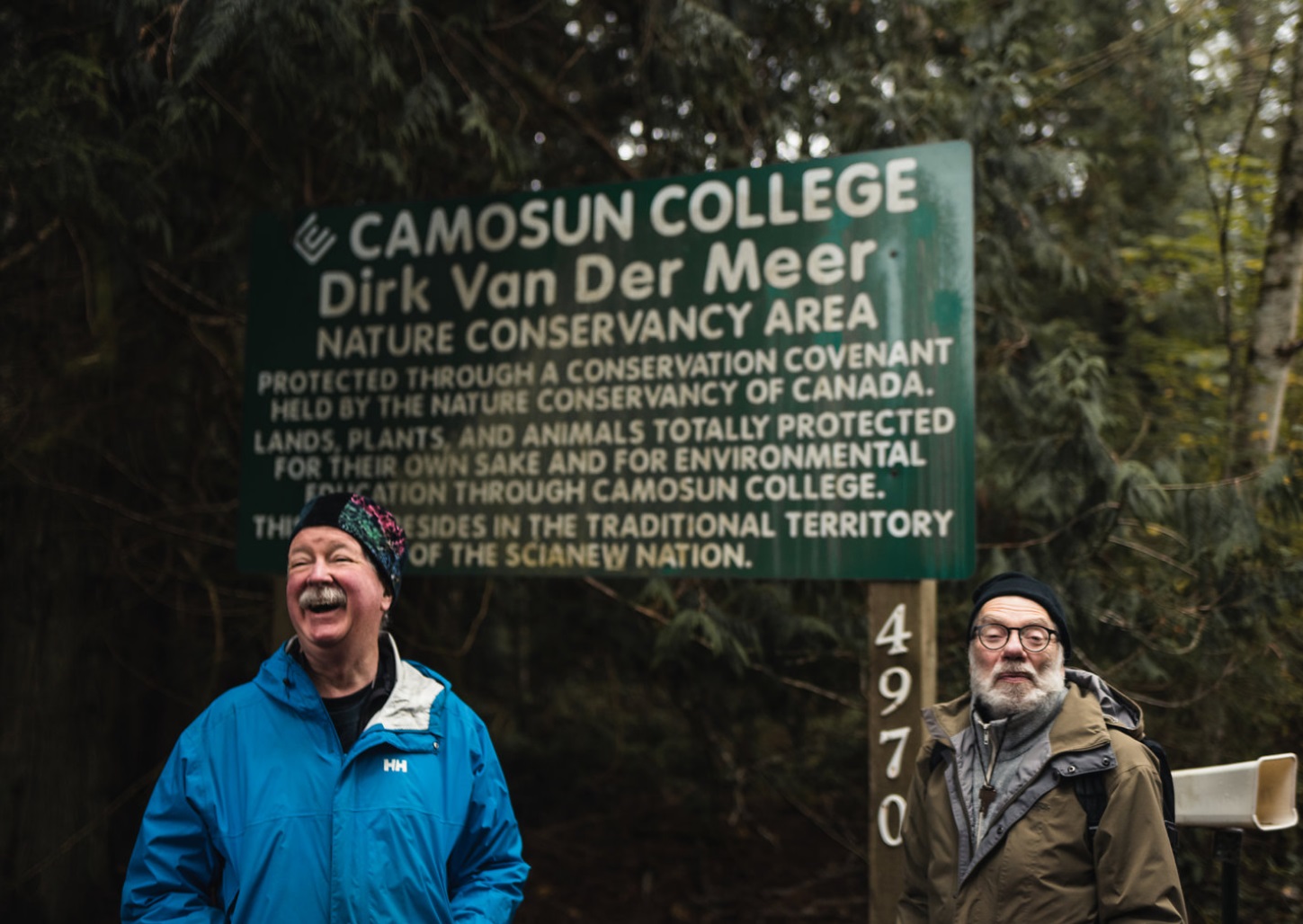
|
|
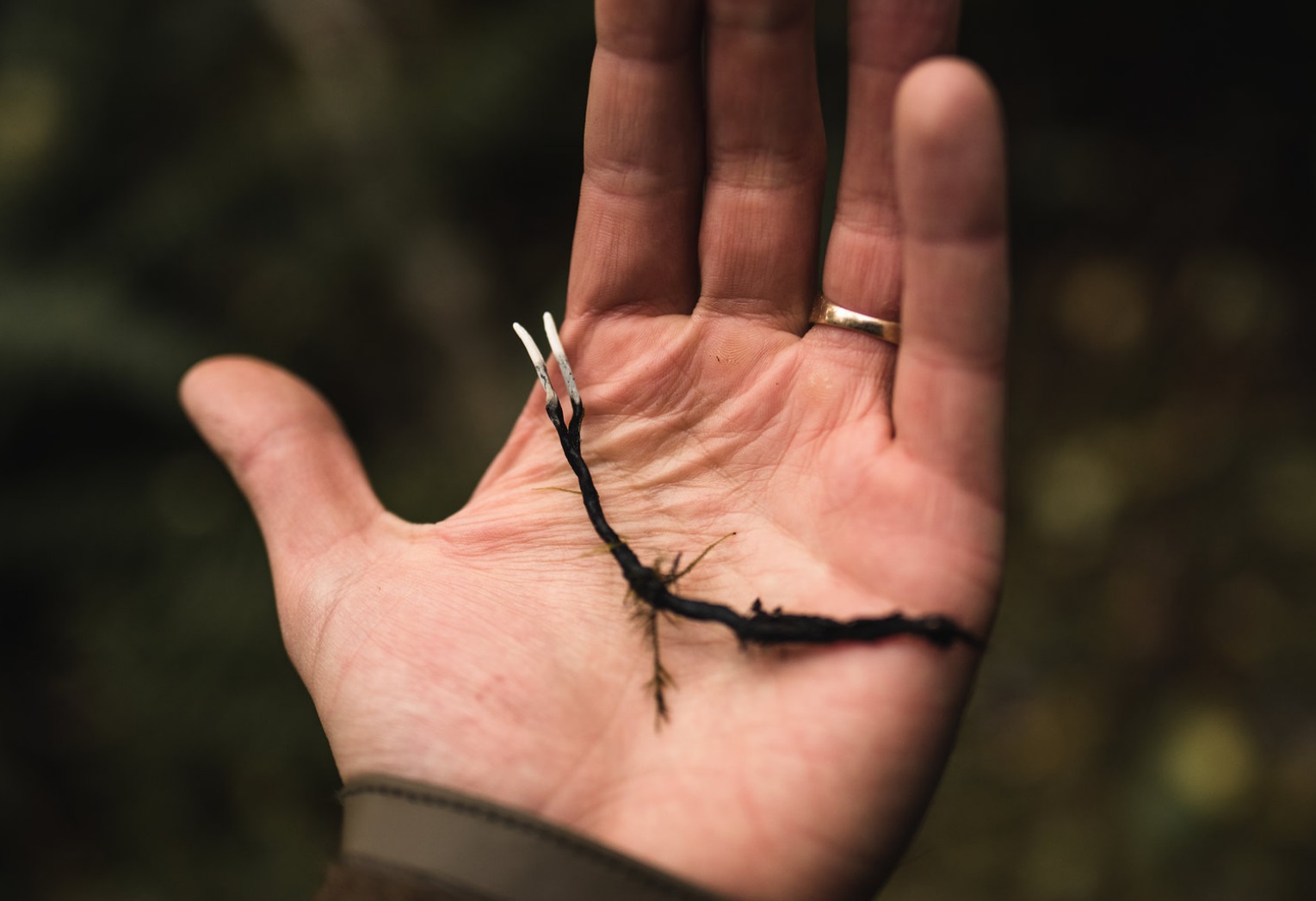
|
The common Xylaria found in Metchosin: Xylaria hypoxolon. It's common name is carbon antlers or candlesnuff fungus. The fungus
makes a meal of rotting wood and produces these odd-looking reproductive bodies. Photo by Luke Mikler.
|
|
|
Members of the group that went to the Camosun van der Meer property pause in the forest to compare their finds. Photo by Luke Mikler.
|
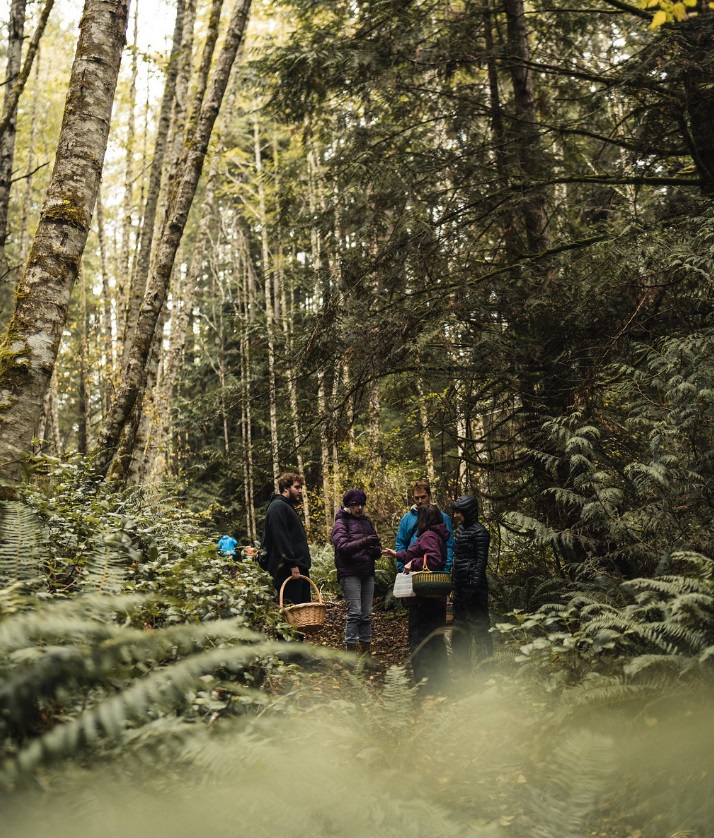
|
|
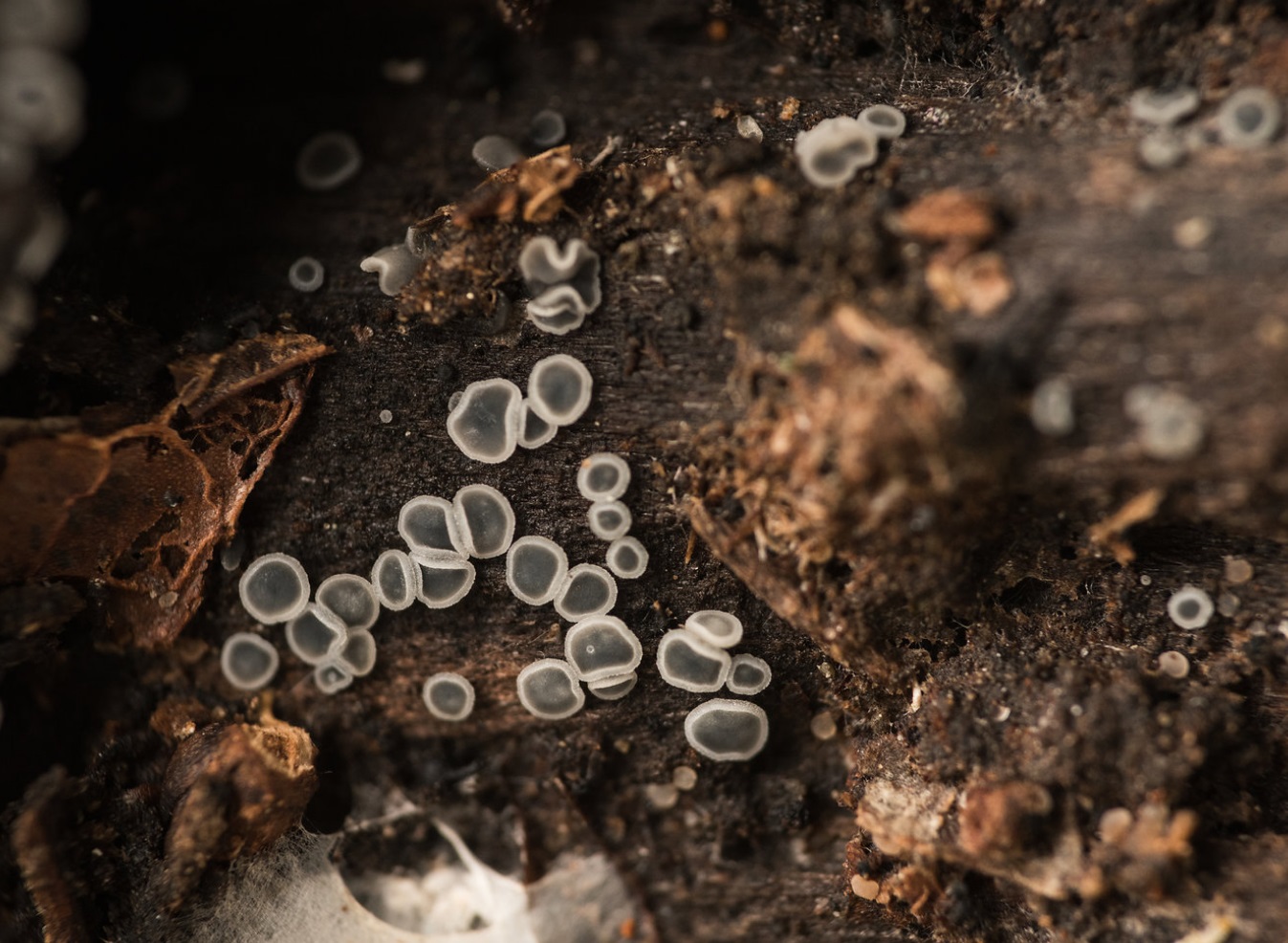
|
Mollisia cinerea, a small grey cup fungus. Photo by Luke Mikler.
|
|
|
Peziza repanda, a gregarious cup fungus that occurs on old logs. Photo by Luke Mikler. |
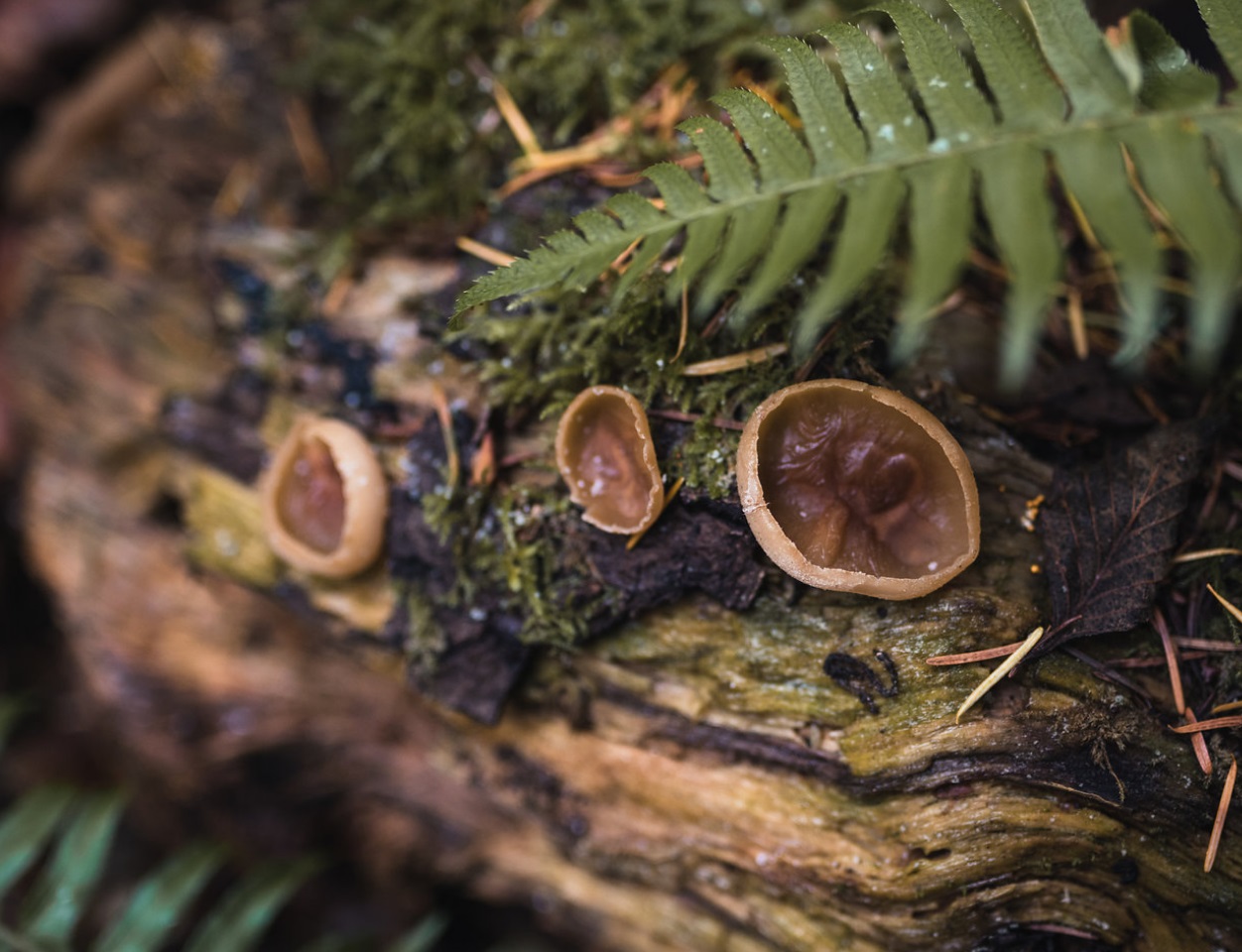
|
|
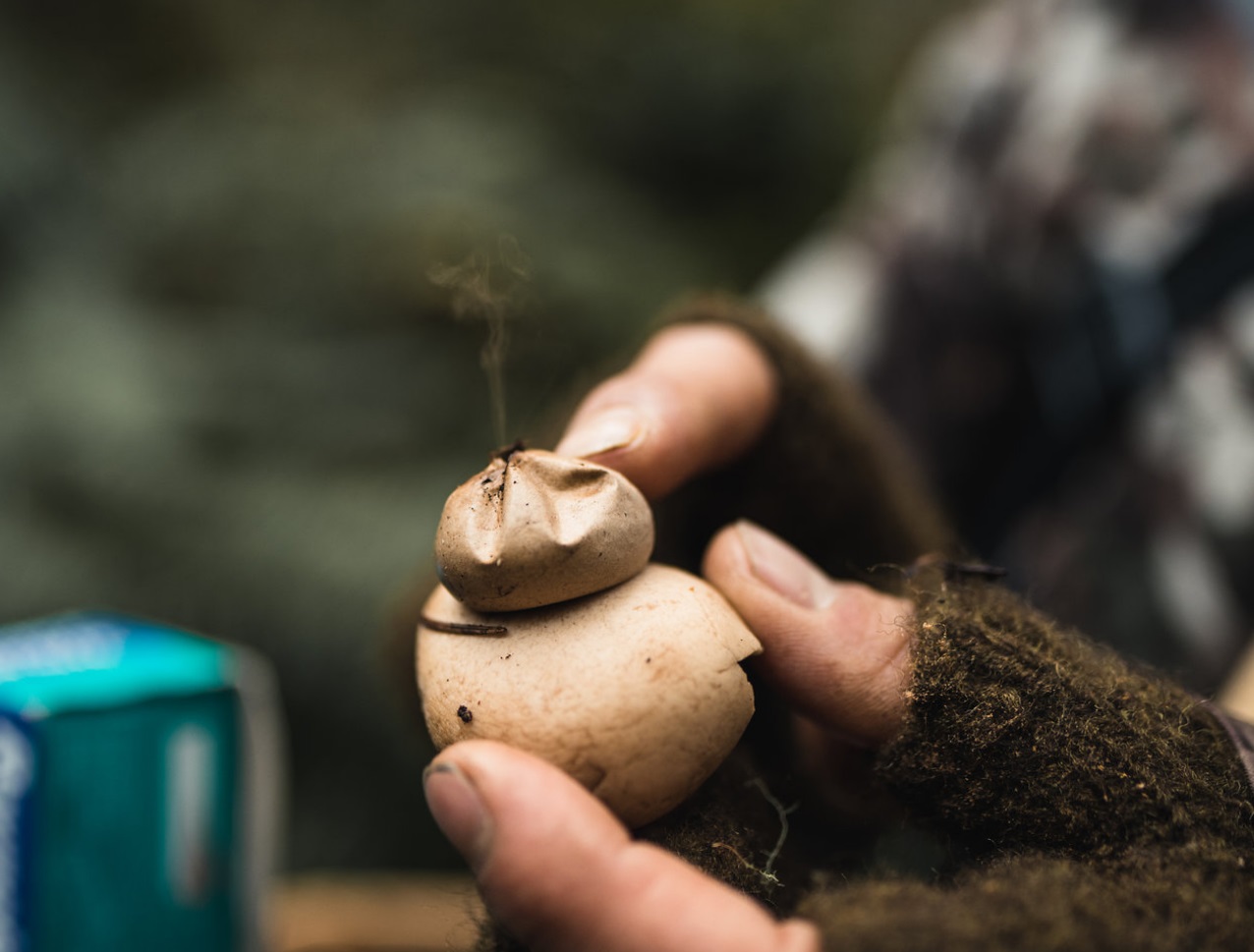
|
Earthstars are puffballs with an outer skin that peels back and splits. This earthstar shows its puffing ability. Photo by Luke Mikler.
|
|
|
What does the fashion conscious mushroomer wear in the field? The back of Roo Vandegrift's jacket has a spore print. Photo by Luke Mikler. |
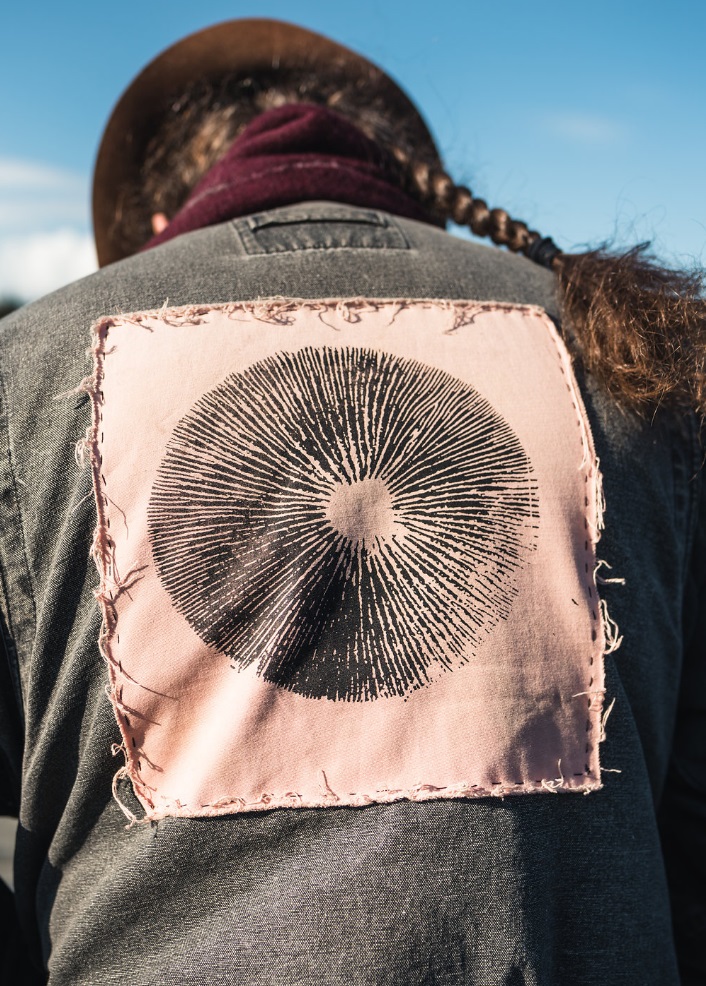
|
|
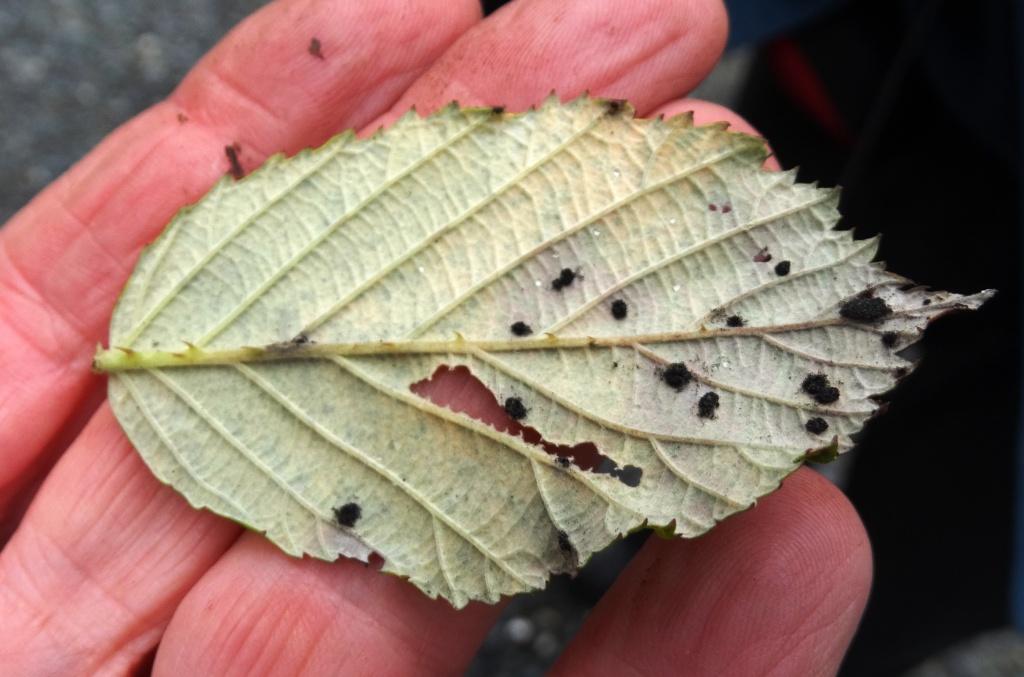
|
Phragmidium violaceum, a rust found by Brenda Callan.
This is the winter spore stage on a blackberry leaf. Photo by Kem Luther.
|
|